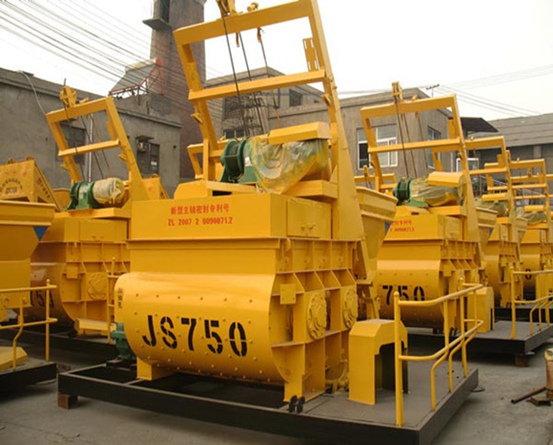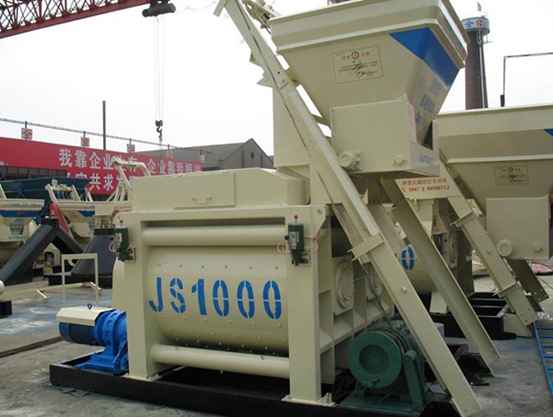A concrete mixer is a device used to produce concrete by mixing a variety of raw materials. Some of these include cement, sand, and water. Concrete is a vital material used in almost all construction projects due to its durability and strength. In the previous years, the production of this material was manual; the results were contrary. However, advancements in technology have paved the way for the manufacturing of concrete mixers to improve efficiency. All the models work towards the same goal, but they utilize different mechanisms of operation. Read on to find the different types of concrete mixers and how they are applicable.

Batch Mixer.
The batch mixer works by processing one batch at a go. They have drums fitted with blades to aid in the combination of the aggregates. Additionally, it has a control panel where you can regulate the angling and speed of the edges for adequate mixing. They are the most popular designs that you will spot in many constructions since the shape and size can fit without much interference. Batch mixers come in two configurations, Drum or Pan Mixers. Pan mixers work by using a cylindrical pan where the operations take place. It has blades to facilitate mixing and scrapers on the wall of the container to prevent the material from sticking. Learn more concrete mixer: https://aimix.my/concrete-mixer/

Drum Mixer.
It appears like a drum hence the name drum mixer. The device consists of a cone-shaped drum equipped with either a single or multiple set of blades. The function is to mix up the materials until the formation of a consistent mixture. The drum mixer further gets divided into three variables, tilting drum mixer, non-tilting drum mixer, and reversing drum mixer. The reversing drum mixer has an opening on both ends of the equipment, where one acts as an outlet and the other an inlet. It also has two sets of blades one for mixing and the other for discharging upon completion. This design is ideal for the production of dry mix concrete. A tilting drum mixer has this name since it can tilt in an upwards or downwards direction to create a specific angle. When it is up, the production goes on, and when it takes the down position, it discharges the output. Such functionality makes them suitable for large scale construction sites with demand for concrete with a large size of aggregates. Lastly, under this category is the non-tilting drum mixer, which rotates horizontally to achieve production. Like the reverse design, it has openings on both ends, but here there is a collecting chute at the outlet. They are ideal for small construction sites.
Continuous Mixer.
Continuous concrete mixers work on the principle of producing non-stop until completion of the project. Feeding takes place continuously, and it discharges when the concrete is in the required state. There is never an interruption unless the machine suffers a malfunction. With such performance, they are ideal for large sites like bridges or roads.
All the types of concrete mixers mentioned above work in unique ways to produce the various types of concrete needed. Before making settlements, ensure you fully understand your construction needs. For more info, visit our website: aimix.my/
